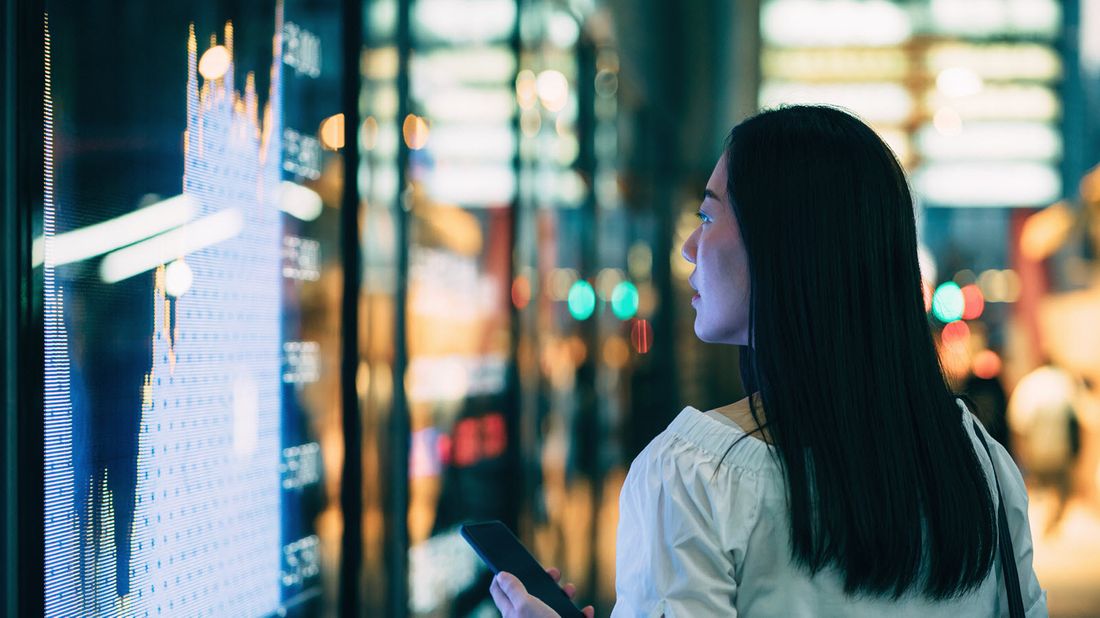A Brief History of Market Crashes

Uncharted waters. You’re hearing that a lot right now to describe just about everything. The novel coronavirus pandemic has disrupted our daily lives and significantly affected markets and the economy.
As we basically shut down the country, many businesses are seeing customers vanish — others are being forced to close. That’s leading to layoffs and financial uncertainty. How do we come back from this? Right now, that’s a natural question because the future is very uncertain.
But economic and market shocks that result from uncertainty aren’t new. From acts of terrorism to financial collapse, we have been in uncharted waters before. We analyzed the short- and long-term performance of the S&P 500 following several stock market crashes over the past 60 years. And with the luxury of hindsight, you see a pattern: The markets and the economy always recover over time.
Kennedy Assassination (1963)
Day of Event: -2.81%
3 Months Later: 11.51%
3 Years Later: 14.45%
10 Years Later: 43.31%
Peak Uncertainty: On Nov. 22, 1963, the day JFK was shot, the S&P 500 plunged 2.8 percent and the New York Stock Exchange shut down shortly after 2 p.m. The country, momentarily, felt chaotic as the horror of what occurred sunk in. But as a nation grieved, the smooth, Constitutional transition of power sparked a rally in markets the next day.
Black Monday (1987)
Day of Event: -20.47%
3 Months Later: 10.89%
3 Years Later: 38.98%
10 Years Later: 319.93%
Peak Uncertainty: On Oct. 19, 1987, a day known as “Black Monday”, a shockwave of financial distress sent global stock exchanges into a tailspin within hours. Structural flaws and weaknesses in a deeply interconnected, global financial system became rapidly apparent, as selling throughout the world accelerated.
September 11 Terrorist Attack (2001)
Day of Event: -4.92%
3 Months Later: 4.05%
3 Years Later: 2.87%
10 Years Later: 5.65%
Peak Uncertainty: If you were old enough on Sept. 11, 2001, you remember exactly where you were when you first tuned into the news. Stock exchanges around the world were closed and evacuated to reduce risks of follow-up attacks. They remained closed for days, the first prolonged closure of markets since the Great Depression.
Lehman Bros. Bankruptcy (2008)
Day of Event: -4.71%
3 Months Later: -27.18%
3 Years Later: 1.38%
10 Years Later: 143.56%
Peak Uncertainty: On Sept. 15, 2008, Lehman Brothers, at the time the fourth-largest U.S. investment bank, filed for bankruptcy. Lehman’s stock fell 93 percent, as news footage showed employees leaving the office with their belongings in boxes. The bank’s collapse triggered ripple effects in the subprime mortgage market that crippled the financial system.
In each of these four world-shaking examples, we were faced with incredible uncertainty at the time, just as we are today. But each time, we eventually recovered. We think we will again. In times like this, it can be helpful to remember the words of Warren Buffett: “It’s always been a mistake to bet against America.”
Related Articles
Feel better about taking action on your dreams.
Your advisor will get to know what’s important to you now and years from now. They can help you personalize a comprehensive plan that gives you the confidence that you’re taking the right steps.
Find your advisor




